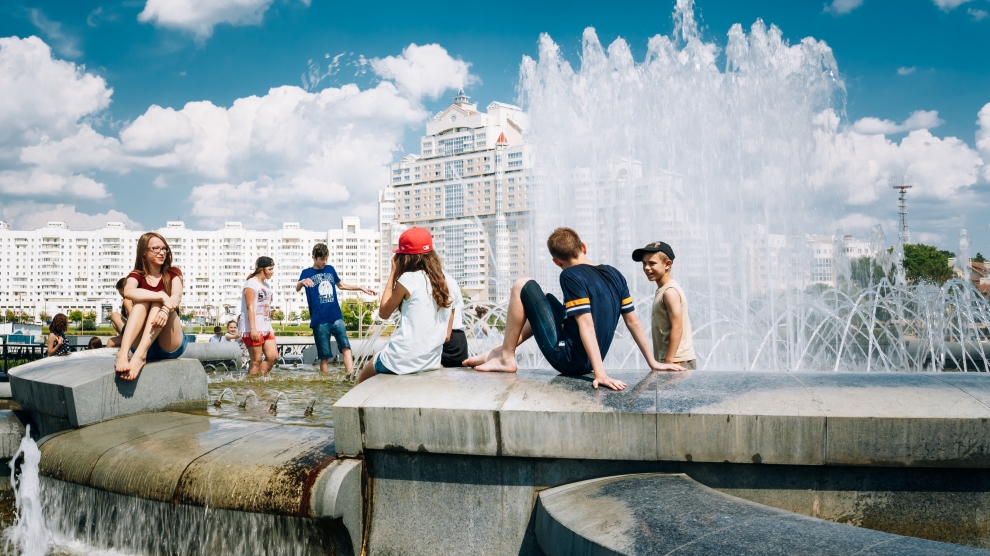In February 2016, the Council of the European Union decided not to extend most of the restrictive measures in regard to Belarus, as they recognised that there was an opportunity for EU-Belarus relations to develop on a more positive agenda and that progress in a variety of fields could be achieved through enhanced channels of communication. The Council also reiterated its firm commitment to strengthening the EU’s engagement with the Belarusian people and civil society and it emphasised that it attaches great importance to enhanced person-to-person contact with Belarus.
For centuries Europe has been rich in exchange and travel. Already as long ago as the Middle Ages, students travelled from one to the other university across the continent, cathedral builders and apprentices also worked on various sites and disseminated their knowledge and shared experiences.
Exchanging ideas, understanding neighbours and gathering and disseminating knowledge and know-how is also a reality in today’s Europe. In 2014, the EU student mobility programme, Erasmus+, enabled around 500,000 young people to study, train and volunteer or participate in youth-exchanges abroad. It also gave the same opportunity to around 150,000 staff members from educational institutions and youth organisations, in order to assist them to improve their competencies by teaching and training in another country than their own.
I am fortunate enough to have worked with Belarus on several occasions. On each occasion I have always witnessed a genuine eagerness to learn among Belarusian professionals and to share their activities and experiences.
Therefore I was pleased to launch, what I consider to be, a unique mobility programme called MOST. It is unprecedented for Belarus and the Eastern Partnership countries in terms of budget, €5 million, but above all it is its objectives that are remarkable: MOST will enable 1,500 Belarusian professionals to travel to the EU and to mix with their EU counterparts to improve their professional skills jointly.
Since January 2016, when the programme effectively started to work, almost 250 people were sent to 16 EU member states to study and work. Science and technology are major sectors, but culture, youth and education as well as health are also covered.
The interesting part of the programme, in my view, is that it gives a good idea of the sectors where the need for exchange and the prospects for cooperation are highest. I often mention MOST’s first mobility action, especially when recounting my point of view: Four Belarusian internet technologies’ experts took part in a major European conference in Lisbon on the issue of the harmonisation of digital markets. The participants managed to establish contacts with more than 40 individuals and organisations from EU countries and agreed on a couple of common research and development projects.
The time of cathedral building is behind us, but the first results of MOST seem to demonstrate that it will bring concrete benefits to Belarus, for instance in research and business partnerships or in the creativity sector. In health, education or social issues it will also be an opportunity for Belarusian professionals to discuss with their colleagues in the EU and, if suitable, adopt new work practices.
MOST has the full support of the Belarusian authorities, which I see as one more sign of the readiness of the country to increase its ties with the EU.
MOST is one additional bridge, even modest, to link the EU and Belarus and it is my wish for the future that Belarusian professionals will keep crossing that bridge to share know-how and experience and bring the best the EU can offer back with them.
_______________
The views expressed in this opinion editorial are the author’s own and do not necessarily reflect Emerging Europe’s editorial policy.


Add Comment